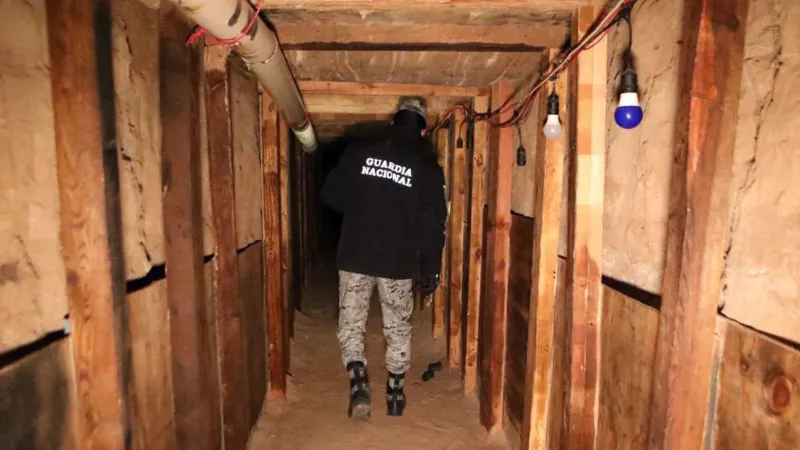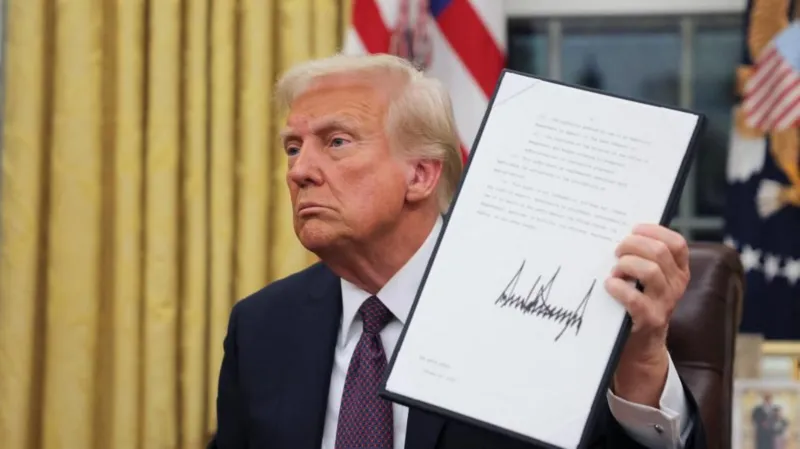Authorities have announced plans to seal a hidden cross-border tunnel discovered between the United States and Mexico. This tunnel, which stretches beneath the surface connecting the two nations, has reignited discussions about border security and the complex challenges associated with illegal activities in the region.
The tunnel, located near a frequently monitored section of the border, was discovered during a joint operation by U.S. and Mexican law enforcement agencies. Initial investigations revealed that it was likely being used for illicit purposes, such as drug trafficking or human smuggling. Measuring several hundred feet in length, the passage featured advanced engineering, including lighting, ventilation, and reinforced walls, indicating that its construction required significant resources and expertise.
This is not the first time such a sophisticated structure has been found along the U.S.-Mexico border. Over the years, numerous similar tunnels have been uncovered, with many designed to bypass strict border security measures. These underground passages are a testament to the ingenuity of criminal organizations seeking to exploit vulnerabilities for profit.
The decision to seal the tunnel reflects a coordinated effort by both nations to disrupt illegal networks and reinforce border integrity. In a statement, U.S. Customs and Border Protection (CBP) emphasized the importance of proactive measures to address cross-border crime. “By neutralizing these underground pathways, we not only prevent the movement of illicit goods but also protect the safety and security of our communities,” said a CBP spokesperson.
Mexican authorities have also pledged their support in dismantling such operations. Collaboration between the two countries has been a cornerstone in addressing the challenges posed by transnational crime. Officials from both sides are leveraging technology, intelligence sharing, and joint task forces to detect and close similar tunnels before they become operational.
Sealing the tunnel is a complex process. Engineers and construction crews will work to ensure that the passage is thoroughly blocked, preventing its reuse. In many cases, this involves filling the tunnel with concrete or collapsing its structure entirely. These efforts are not only labor-intensive but also costly, highlighting the ongoing financial burden of securing the border against such threats.
While the discovery of this tunnel represents a victory for law enforcement, it also underscores the persistent demand for innovative solutions to border security. Critics argue that addressing the root causes of illegal activities, such as poverty, corruption, and limited economic opportunities, is essential for long-term success. Without tackling these underlying issues, they warn, criminal organizations will continue to find ways to evade border controls.
The sealing of this hidden tunnel serves as a reminder of the complexities surrounding border enforcement and the necessity of collaboration, vigilance, and comprehensive strategies to address both the symptoms and causes of cross-border crime.




















